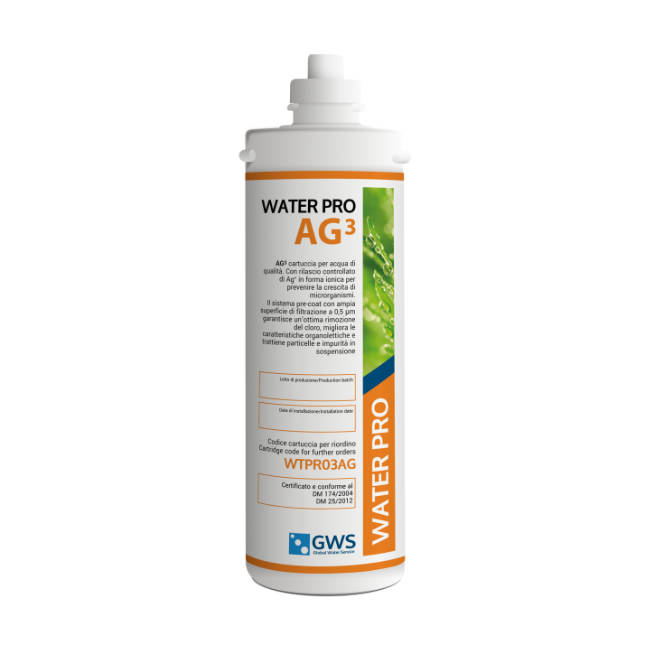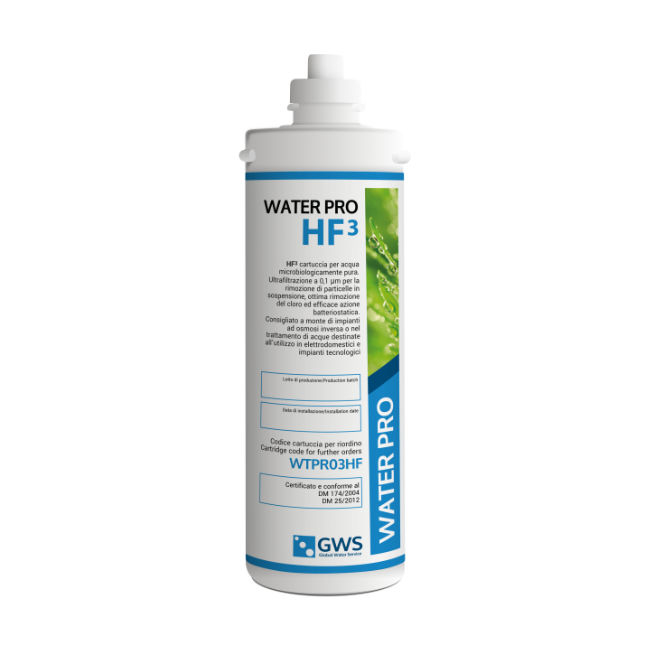Mineral water stored in plastic bottles and even tap water almost always contain microplastics. Fragments whose diameter is so small that they do not reach the thresholds set by the European Union, but whose size is sufficient to penetrate the tissues and organs of the human body, with effects that have yet to be understood.
The good news is that the approach of digestion of microplastics by insects is being confirmed, and we can now see the possibility of countering the ubiquitous presence of these materials in the environment (and therefore also in water) through valuable recycling, at least in part.
The very good news is that there are cheap and effective filtration systems that remove microplastics from mains water.
Investigation into the presence of microplastics in French waters
French waters are illustrated in a study published in PLoS One by researchers from the University of Toulouse
who used spectroscopy to analyse the water of ten brands sold in polyethylene terephthalate (PET), as well as a sample of water from the local aqueduct, looking for plastic particles with a diameter of less than 20 microns (thousandths of a millimetre).
Twenty microns is the threshold value set in the current guidelines of European directive 2020/2184 for water analysis. The analysis does not cover smaller particles.
Analysis results
The results showed that all 11 samples contained microplastics, in widely varying numbers (between 19 and 1,154 particles per litre). However, the sample from the municipal water plant contained 413 particles per litre, more than eight of the ten bottled water brands tested. None of the samples was found to be free of plastic but, surprisingly, PET was not the most represented polymer, quite the contrary: PET was only present in seven of the ten brands, in three of them at concentrations of less than 5%, and in the tap water. A total of 17 polymers were identified, the main one being polyethylene (PE), followed by polypropylene (PP), PET and polyamide 6 (PA6). This means that the primary source of the microplastics found was not the bottles themselves, but the environment.
The researchers found microplastics in all the samples of bottled water and tap water.
The scientists’ appeal
However, as microplastics with a diameter smaller than the European limit accounted for 98% of all those found in the samples, the French researchers are calling for the water analysis threshold to be lowered from 20 microns to one micron, not least because the smaller the plastic fragments, the better they settle in the human body. Such a regulation would also benefit Europe as a whole, since the concentration of microplastics in French surface water is similar to that reported in other studies in Norway and the Czech Republic, although ten times higher than that found in Danish groundwater.
Plastic-eating insects
While we wait for stricter drinking water regulations, Spain has come up with a possible solution, at least a partial one: reducing plastic polymers to materials that can be reused as fertiliser. And it’s all thanks to insects, which have already been bred for food purposes. Researchers from the University of Castilla-La Mancha in Spain and the University of Newcastle in Australia have used flour moth larvae (Tenebrio molitor) to digest microplastics. When fed on food containing plastics, the larvae digest the polymers and produce excrement, known as ‘frass’, containing microplastics. These, subjected to a high-temperature reaction (pyrolysis), are transformed into a compound called ‘biochar’, rich in carbon and highly absorbent, which is already used in agriculture.
If you don’t want insects and don’t like microplastics, you can always use a filtration system

0.5 micron microfiltration filters stop all microplastics Water Pro AG03-AG32

0.1 micron Ultrafiltration Filters stop all plastics Water Pro HF03-HF32
Unfortunately, in-line granular filters and carbon blocks, although they eliminate substances dissolved in water, do not guarantee protection against micro-plastics.




